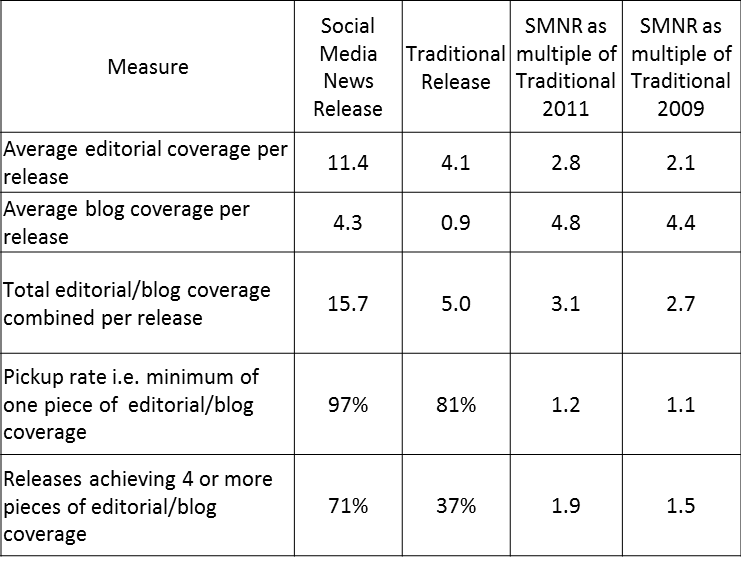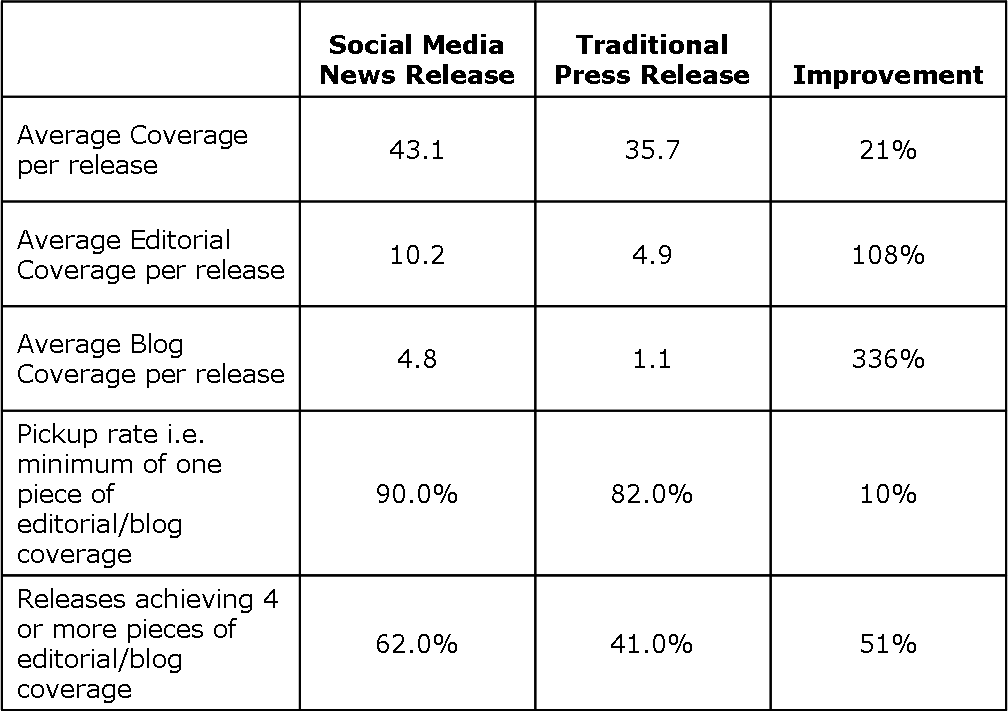
There were two big topics of conversation in the PR world last week. The first was Google’s updated Link scheme guidance on how it treats links with keyword rich anchor text in press releases and Tom Foremski’s resulting post on ZDNet asking if this was the end of PR Agencies. The other was the Channel 4 fakefans investigation showing how some in the PR and Marketing world are buying fake likes and followers to inflate brands’ apparent popularity.
The first issue has particular relevance to us at RealWire. In response to Google’s guidance we have implemented the rel=”nofollow” attribute to all links within releases published from today onwards and will apply it to all links across historic press releases hosted by us over the next few days. We were already planning our response before last week’s “excitement”, however staff absence due to holidays delayed our ability to implement the changes necessary until today (note to self, don’t allow staff holidays!).
We considered limiting the changes to the types of anchor text links Google highlights, as such links are very infrequent in releases our clients ask us to distribute. Ian McKee highlighted this option in his very well thought through post on the whole debate. However given the nature and quality of our client base, we’re confident that any marginal page rank that might accrue from our site for the odd editorially relevant keyword is unlikely to impact materially on their rankings, or feature very highly on their list of reasons for using our service. Taken inconjunction with Google’s apparent preference for all links in press releases to be nofollow, we’ve decided that this approach is both safer for our clients, and avoids any confusion.
It’s also worth noting that a recent report by Searchmetrics (a user of our service) highlighted the increased importance to search rankings of having a mixture of backlinks, including nofollow links, and the reduced importance of links with target keyword anchor text.
So what about the wider questions raised by Tom Foremski’s post? I think these have generally been summed up as follows:
Is this change by Google the end of PR? No.
Is it the end of PR Agencies? No.
Is it the end of newswire services? No, but it could hurt some, particularly any that are reliant on a client base that has been producing the very keyword rich, link filled, low quality content that Google is out to target.
It’s in this context that I would characterise Google’s action as more like treating a lawn with Weedol. Google is seeking to eliminate poor quality and irrelevant content i.e. spam, from its results, but it doesn’t want to destroy the good stuff.
The fakefans situation is also just another form of spam. The idea that buying fake likes on Facebook or followers on Twitter has any value is just ridiculous. Facebook and Twitter should take a leaf out of Google’s book.
The only thing that professional PR people, and quality distribution services, have to fear from these changes and practices is complacency. We need to make sure that once the weed killer has done its job, the lawn that remains is rich and green.
Finally, on a RealWire note, it may be coincidental but during the same period Google has been making its Penguin and Panda updates our ranking for keywords relevant to our own market has improved. So much so that at the time of writing we are ranked No.1 for “press release distribution” on Google.co.uk, when we were rarely in the Top 10 before Google started its clamp down.
Read into that what you will….


